|
In this article:
|
Expressways in the Philippines: Complete list
1. North Luzon Expressway (NLEX)

NLEX accomodates more than 200,000 motorists per day
From: Balintawak, Quezon City
To: Santa Ines, Macabalat, Pampanga
The NLEX is a 4 to 8-lane toll expressway that connects Metro Manila to the provinces of the Central Luzon. It was first built in the late 1960s and is now a world-class highway. The NLEX continues to be renovated to cover more areas in the North under NLEX Corporation, a subsidiary of Metro Pacific Investments Corporation.
>>> Related: NLEX Traffic Advisory: Situation, Traffic updates, Toll-fee & more
2. South Luzon Expressway (SLEX)
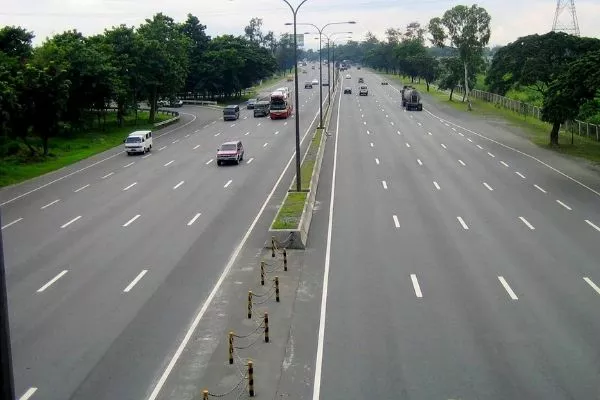
SLEX provides easier access to famous cities such as Alabang, Parañaque, and Tagaytay
From: Nichols, Pasay City
To: Santo Tomas, Batangas
One of the major expressways in the Philippines is the South Luzon Expressway (SLEx) situated in the southern part of Metro Manila. This expressway is usually the gateway to Metro Manila for people coming from Batangas, and cities from both Visayas and Mindanao.
>>> Related: SLEX Traffic Advisory: Latest traffic updates, Toll rates, Rules & Regulation
3. Metro Manila Skyway System (Skyway)
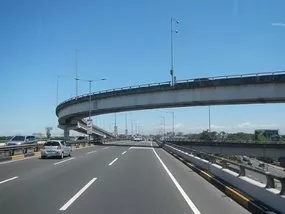
The fastest way to get around the South
From: Buendia, Makati
To: Alabang, Muntinlupa
The Metro Manila Skyway System, or just Skyway, is a vital expressway most for motorists from the South. It is usually used as a faster alternative to traveling due to lesser vehicles on the road. The reason why Skyway usually has fewer vehicles as compared to SLEX is it has a higher toll fare.
4. NAIA Expressway (NAIAX)
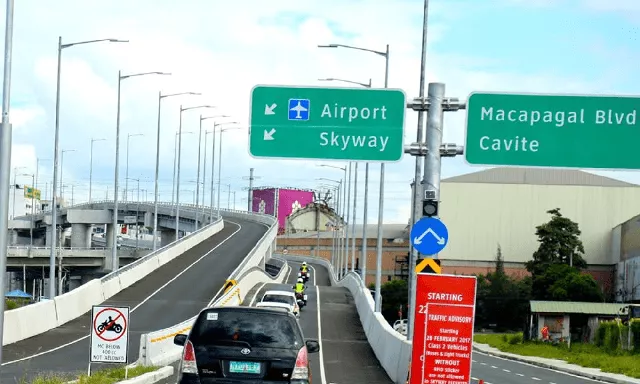
NAIAX reduced traffic significantly around the airport
From: Metro Manila Skyway, Pasay City (NAIA Ext.)
To: Newport City, Pasay City
The NAIAX is an 11.6-kilometer elevated expressway system in Metro Manila that mainly addresses the needs for toll roads around Ninoy Aquino International Airport (NAIA). It has a total of 8 exits in Pasay, Taguig, and Paranaque.
5. Muntinlupa-Cavite Expressway (MCX)
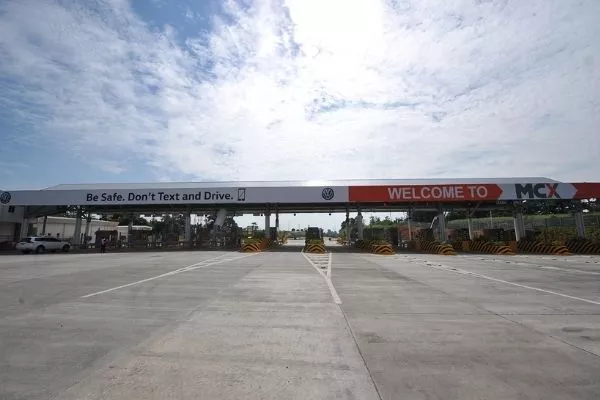
MCX reduced travel time by an average of 45 minutes from Daang Hari to Alabang Interchange
From: Daang Hari Road, Muntinlupa
To: SLEx, Muntinlupa
The Muntinlupa-Cavite Expressway, formerly as Daang Hari-SLEX Link Road, is a short 4-kilometer expressway linking the southern province of Cavite to Muntinlupa. It is operated by MCX Tollway Inc. under Ayala Corporation.
6. Tarlac-Pangasinan-La Union Expressway (TPLEX)
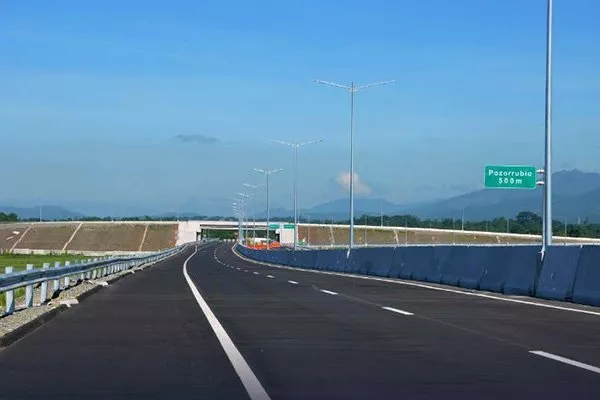
TPLEX is part of Expressway 1 (E1) of the DPWH numbering system
From: Tarlac City, Tarlac
To: Rosario, La Union
The TPLEX was mainly built to reduce the travel time for the destinations located in the North Luzon region as they are mostly visited during holidays and vacations. It is an 89.21-kilometer 4-lane expressway that connects the Central Luzon region with the Ilocos Region.
7. Subic-Clark-Tarlac Expressway (SCTEX)
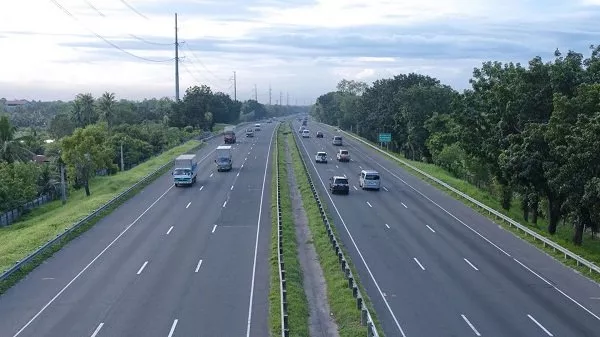
The longest out of the nine other expressways in the country
From: Hermosa, Bataan
To: Tarlac City, Tarlac
The Subic-Clark-Tarlac Expressway, or SCTEx, is the longest tollway in the Philippines that connects major cities like Subic, Clark, and Tarlac. It is a 93.8-kilometer-long expressway that is currently maintained by the NLEX Corporation.
8. Southern Tagalog Arterial Road (STAR Tollway)
![A big part of Batangas especially for those residing in the city [Photo: Patrick Roque] The Southern Tagalog Arterial Road (STAR Tollway)](https://img.philkotse.com/temp/2024/07/27/star-1-51ce-0830.webp)
A big part of Batangas especially for those residing in the city [Photo: Patrick Roque]
From: Sto. Tomas, Batangas
To: Batangas City, Batangas
Batangas has always been a busy city as it hosts the Batangas Port that is widely used commercially and for cargo shipping. With this, the Southern Tagalog Arterial Road was constructed in 2001. It is a 41.9-kilometer expressway maintained by STAR Infrastructure Development Corporation.
9. Manila-Cavite Expressway (CAVITEx)
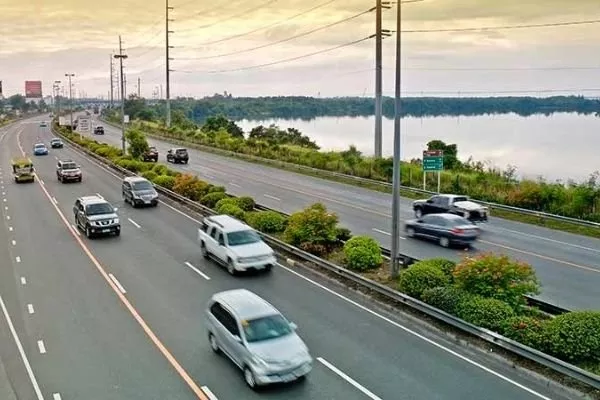
Designed to strengthen the commercial link between Metro Manila and the provinces of Cavite, Laguna, and Batangas
From: Aseana City, Parañaque
To: Kawit, Cavite
The Manila-Cavite Expressway, also known as Coastal Road, is a famous expressway in the Philippines as it is normally used by people from Cavite traveling to Manila for work or school. It is a 14.0-kilometer expressway that was constructed way back in 1998.
10. Subic-Tipo Expressway (STipEx)
![STipEx has been serving motorists since 1996 [Photo: Sindre Helvik] The Subic–Tipo Expressway (STipEx)](https://img.philkotse.com/temp/2024/07/27/subic-freeway-1-53ec-c0f7.webp)
STipEx has been serving motorists since 1996 [Photo: Sindre Helvik]
From: Dinalupihan, Bataan
To: Biñan, Laguna
The Subic-Tipo Expressway, also known as NLEX Segment 7 and Subic Freeport Expressway (SFEX), is a 2-lane expressway that connects the provinces of Zambales and Bataan. It is an 8.8-kilometer expressway currently maintained by the Tollways Management Corporation.
>>> Related: Increased toll fees applied for popular expressways in the Philippines in 2020
Expressways in the Philippines: Speed limits
The speed limits on most expressways in the Philippines are 100 km/h for cars. As for bus and trucks, tollway operators impose an 80 km/h speed limit. Meanwhile, the minimum speed for all expressways in the Philippines is 60 km/h.

Follow the speed limit at all times to avoid inconvenience
The only expressway that took exemption is the NAIA Expressway or NAIAX. In all of its expressways, both the minimum and maximum speed should be 60 km/h only for all vehicle types.
On the other hand, highways in the Philippines have a 60 km/h speed limit. These highways include EDSA, Commonwealth Avenue, Macapagal Boulevard, and Radial and Circumferential Roads. A 50 km/h speed limit is imposed for trucks and buses on these highways.
>>> Related: Speed Limit Law Philippines: Know It, Follow It
Expressways in the Philippines: Tips on safe driving
Since expressways are long and wide roads, many motorists see these as a chance to drive faster than usual. For this reason, it is always important to follow the speed limit and to try to be as disciplined as possible.
For most expressways, the speed limit is rated at 100 km/h for passenger cars. While for highways, the speed limit is rated at 80 km/h.
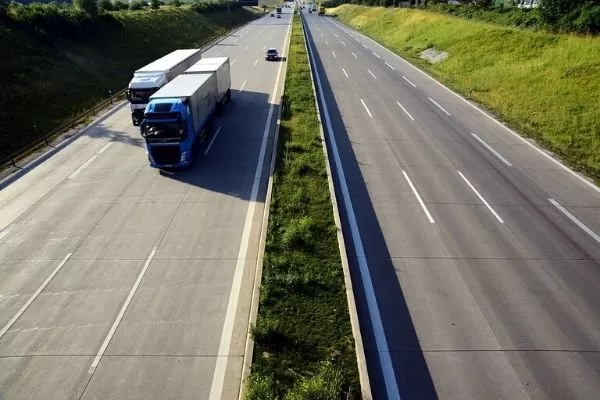
Always overtake on the left side to reduce the risk of an accident
Another tip when driving down expressways is to avoid switching lanes if unnecessary especially in the fast lane or overtaking lane. Accidents all around the world mostly happen during an event of a sudden lane switch.
If you are in a rush and decide to overtake vehicles, use the left-most part of the expressway. Stay in the middle part of the expressway if you are not overtaking. If you decide to take an exit, stay on the right side of the expressway. And don't forget to use your car's turn signal before changing lanes.
5 FAQs about expressways in the Philippines
Q: What is the speed limit for expressways in the Philippines?
For the most part, the speed limit in expressways is 100 km/h for passenger cars and 80 km/h for trucks and buses. However, the speed limit in NAIAX is 60 km/h for all vehicle types.
Q: What is the longest expressway in the Philippines?
The longest expressway in the Philippines is currently the Subic-Clark-Tarlac Expressway or SCTEx. It is a 93.8-kilometer-long expressway that started in 2008.
Q: How much is the rate for using the Skyway?
The base rate starts at Php 72 for routes from Bicutan to Buendia. It goes up to Php 260 for routes from Calamba to Buendia.
Q: What is the speed limit for highways in the Philippines?
Highways in the Philippines have a 60 km/h speed limit for passenger cars and 50 km/h for trucks and buses.
Q: Is it illegal to overtake on the right side of a road?
Technically, it is not illegal to overtake on the right side of a road. However, it is recommended that you overtake in the left part of a road as it is the safest lane to do so.
Here at Philkotse.com, we value your interest in the automotive industry. Visit our website to find out more.
Recent posts
- Autosweep Easytrip RFID Enrollment Jan 18, 2021
- Cashless Expressway Guide philippines Sep 15, 2021
- Where can you get RFID stickers installed for cashless highway transactions? Dec 11, 2020
- tollways to go cashless Dec 11, 2020
- 7 Things to Always Remember When Driving in Highways in PH Sep 28, 2018











